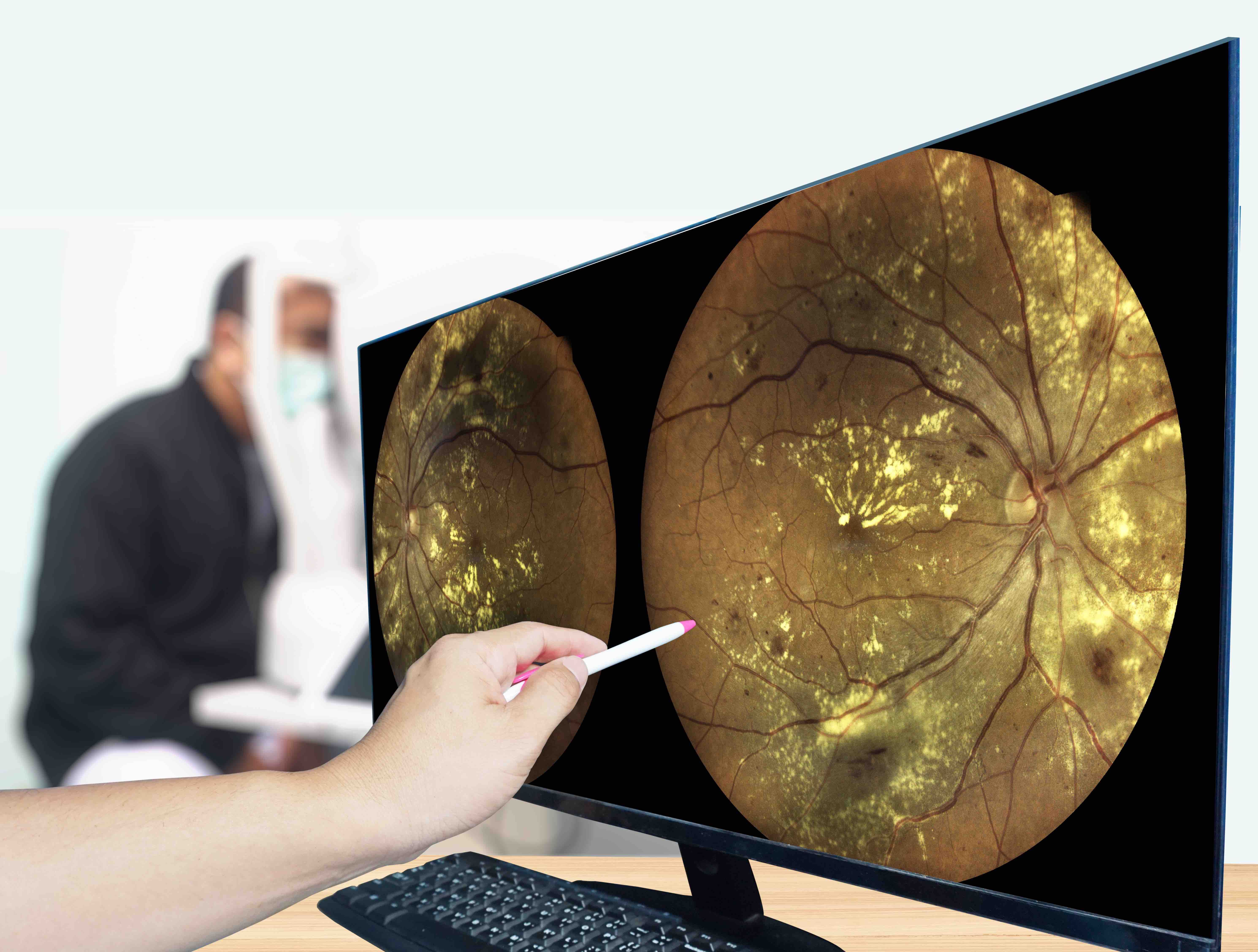Video
Improving Patient and Provider Engagement
A cardiology expert considers the future of lipid management within health systems and ways they can improve engagement from all parties.
EP: 1.The Burden of ASCVD and Evidence-Based Guidelines
EP: 2.A Patient’s Post-MI Journey
EP: 3.Improving the Care Continuum
EP: 4.Residual Cardiovascular Risk
EP: 5.Who is an Ideal Patient for Early Intensive Lipid Lowering?
EP: 6.Finding the Optimal Statin Dose
EP: 7.Therapy Beyond Statins in the Inpatient Setting
EP: 8.Using Adjunct Therapies in LDL Management
EP: 9.Ensuring Continuity of Care for the ASCVD Patient
EP: 10.Unmet Needs in Lipid Management
EP: 11.Defining “Optimal Care” for ASCVD Within Health Systems
EP: 12.What Does a Multidisciplinary Team Look Like?
EP: 13.The Future of LDL Management for Patients With High-Risk ASCVD
EP: 14.Enhancing Patient Care Through Guideline Adherence
EP: 15.Improving Access to PCSK9 Inhibitors in the Inpatient Setting
EP: 16.Appropriate ASCVD Treatment Outside of Closed Health Systems
EP: 17.Utilizing Quality Metrics in ASCVD
EP: 18.Improving Patient and Provider Engagement
EP: 19.Treatment Disparities in the Management of ASCVD
Leandro N. Slipczuk, MD, PhD: To improve the engagement between providers and patients, we have a lot more options. The growth of telemedicine, apps, and different options keep patients on track and up to date and keep physicians on track as well. There’s a lot of work being done on using our health care records, for example, to help us with this. There’s a problem if you have 10,000 alerts every time you log in to a patient chart because you’re more likely to ignore them. We have to identify the right alerts for the right patients and how we deal with these alerts. If we have 20 alerts pop up for physicians, but there’s no support on how to deal with this, that doesn’t make much sense and doesn’t have any benefit. It’s essential to be proactive, working with specialists and health care records and setting up help and assistance to provide the right care for patients.
This transcript has been edited for clarity.




